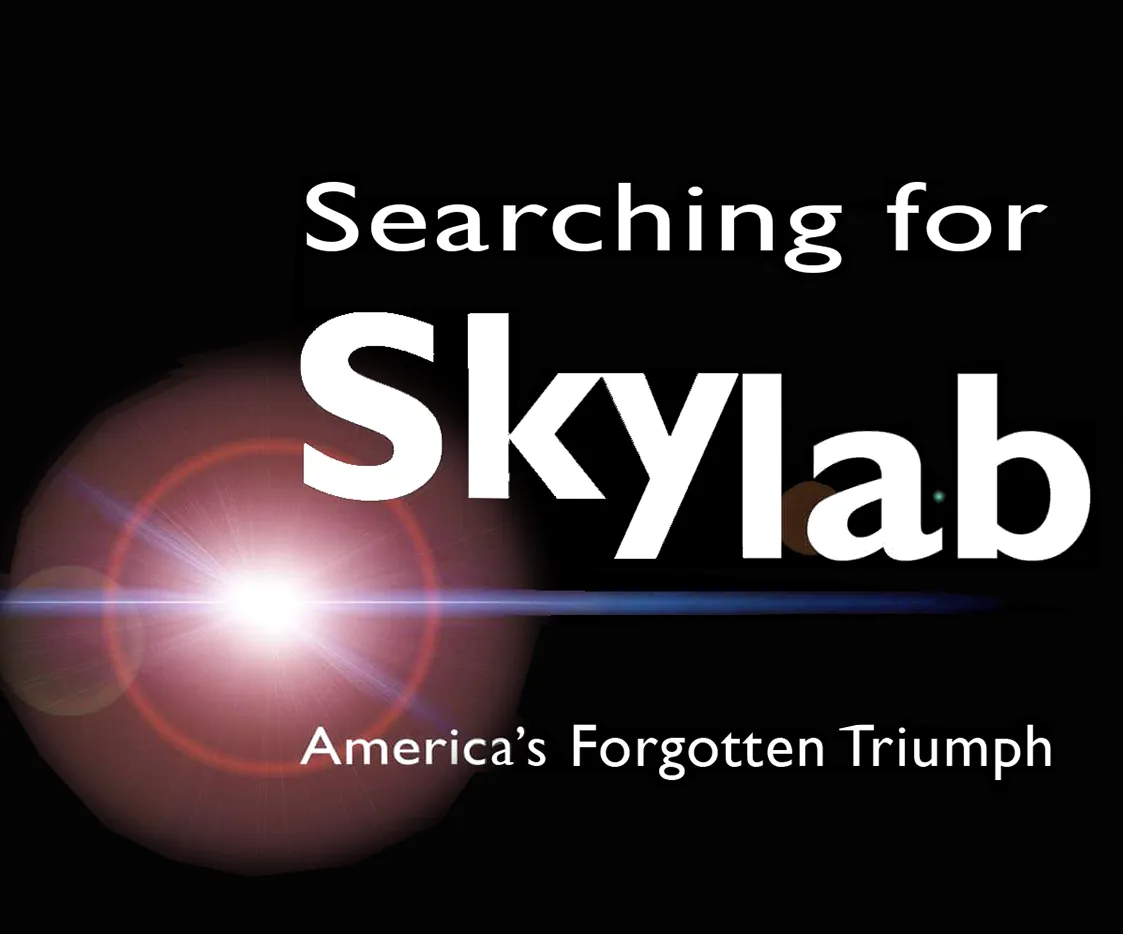
"Skylab was the impossible achieved by the tenacious effort of a top group of thousands of people with great integrity and a “CAN DO” spirit."
Cpt. Rusty Schweickart, Apollo 9 Astronaut & Backup Commander on Skylab.
ABOUT SKYLAB

"Skylab was the impossible achieved by the tenacious effort of a top group of thousands of people with great integrity and a “CAN DO” spirit."
Cpt. Rusty Schweickart, Apollo 9 Astronaut & Backup Commander on Skylab.
"This project gathered such a tremendous amount of knowledge for developing man's conquest of space and for studying our planet."
Bill Weaver, Aerospace Engineer at U.S. Space & Rocket Center, Huntsville, AL
See the latest interviews with Skylab astronauts:
Paul Weitz | Joe Kerwin | Owen Garriott | Jack Lousma | Jerry Carr | Ed Gibson | Vance Brand | Bruce McCandless
"I learned new stuff about the mission."
Anonymous, Audience
"I liked the original footage of astronauts."
Anonymous, Audience
"I loved the NASA historic footage!"
Anonymous, Audience
"I liked hearing the astronauts tell their own story."
Anonymous, Audience
"Told a true unknown story."
Anonymous, Audience
What was Skylab?
America’s first manned space station
launched May 14, 1973
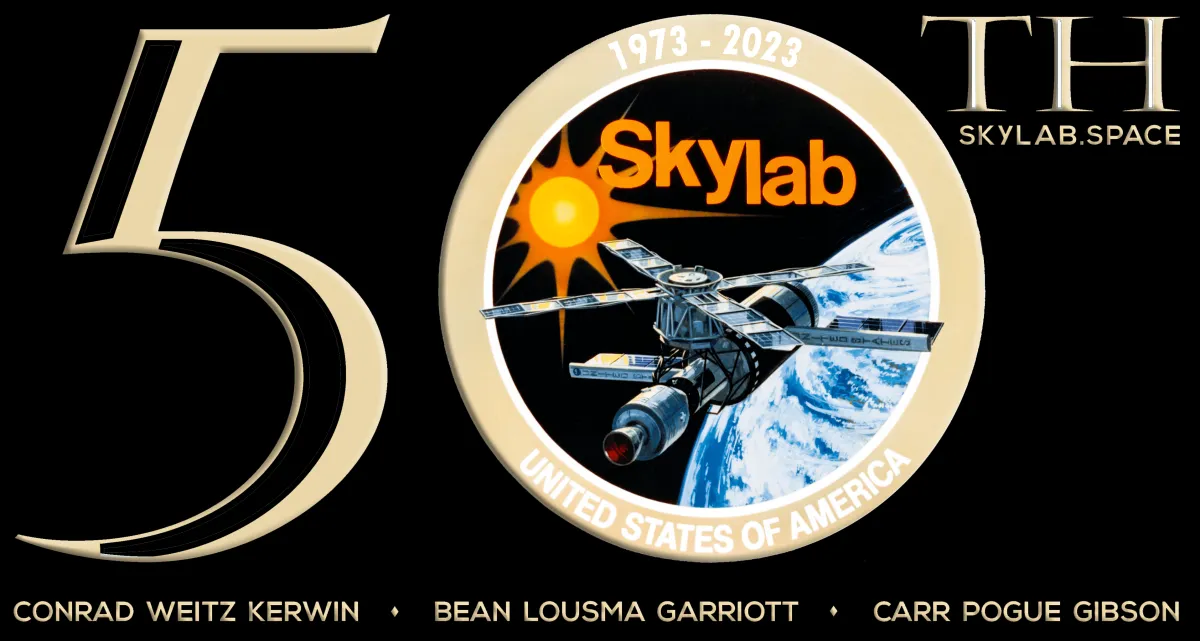
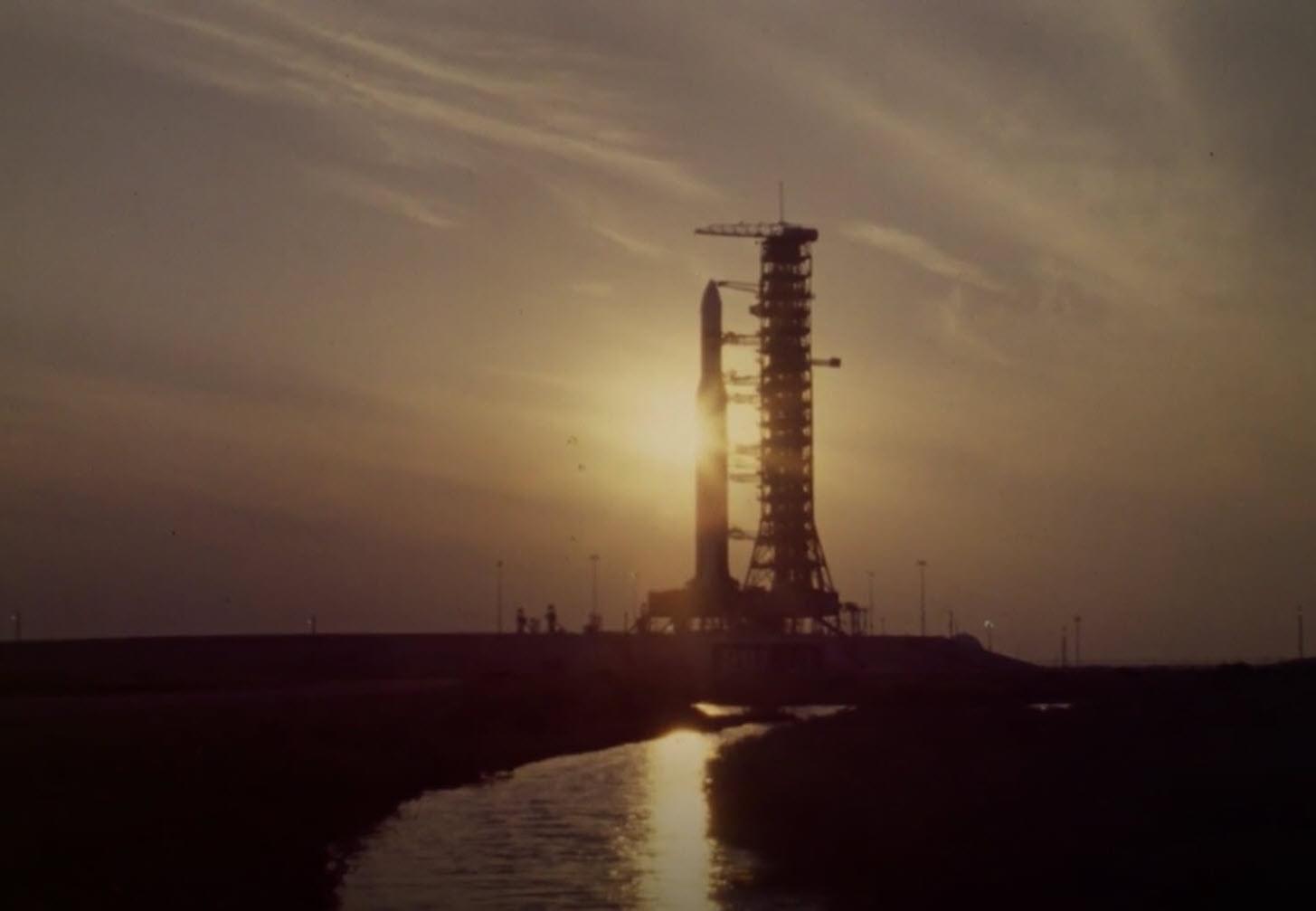
NASA Publication
by the Experiment Development and Payload Evaluation Project
What was Skylab?
It was to probe the sun as the main source of energy and evaluate man's ability to live and work in space over long periods of time.
PURPOSE: to look at Earth, take measurements and decide how man can improve life thereon.
Skylab was for NASA an important step in preparing for future routine space operations with the advent of the cheaper space shuttles.
It was to probe the sun as the main source of energy and evaluate man's ability to live and work in space over long periods of time.

What was Skylab?
America’s first manned space station
launched May 14, 1973

NASA Publication
by the Experiment Development and Payload Evaluation Project
PURPOSE: to look at Earth, take measurements and decide how man can improve life thereon.
Skylab was for NASA an important step in preparing for future routine space operations with the advent of the cheaper space shuttles.
It was to probe the sun as the main source of energy and evaluate man's ability to live and work in space over long periods of time.
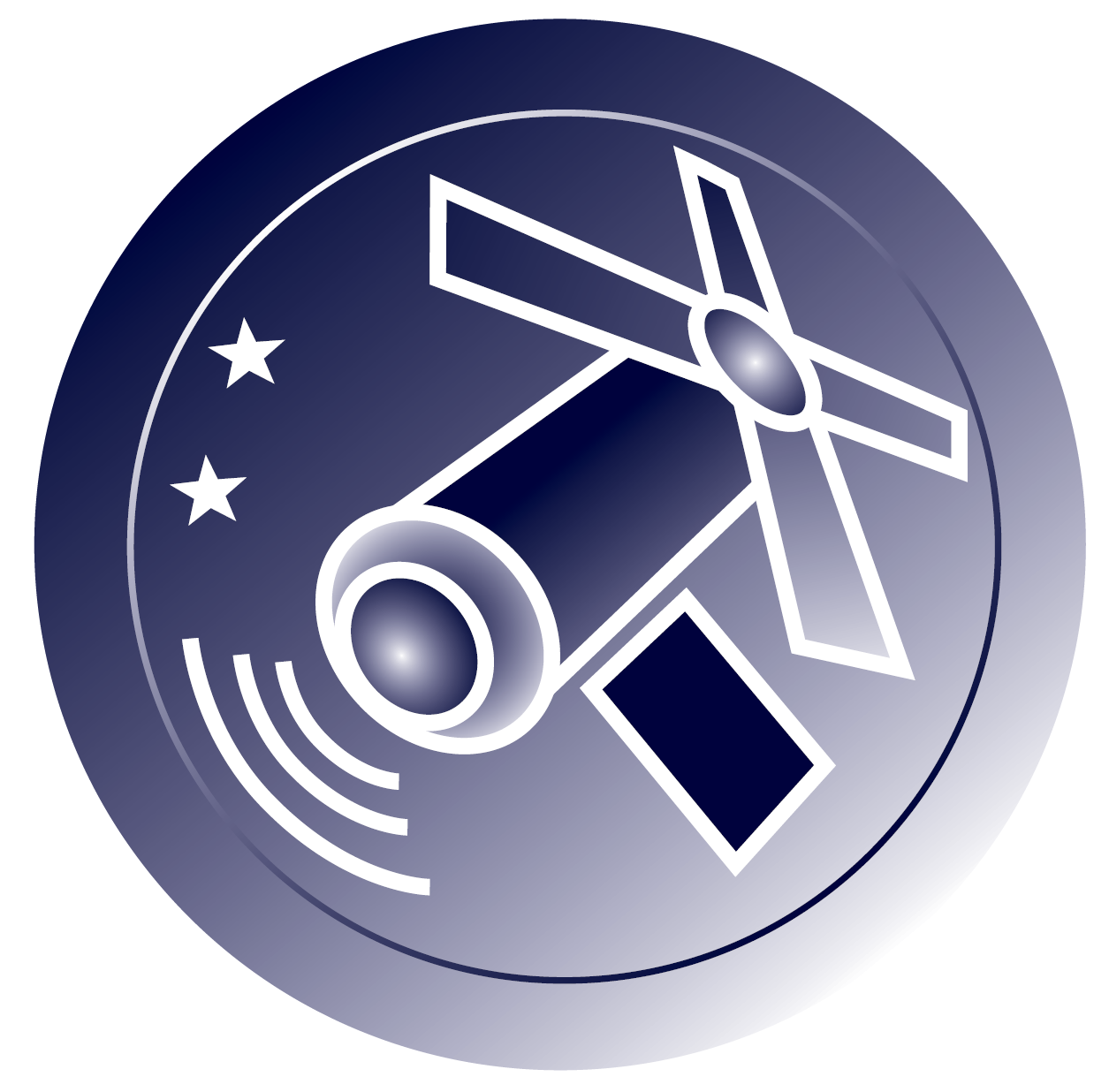
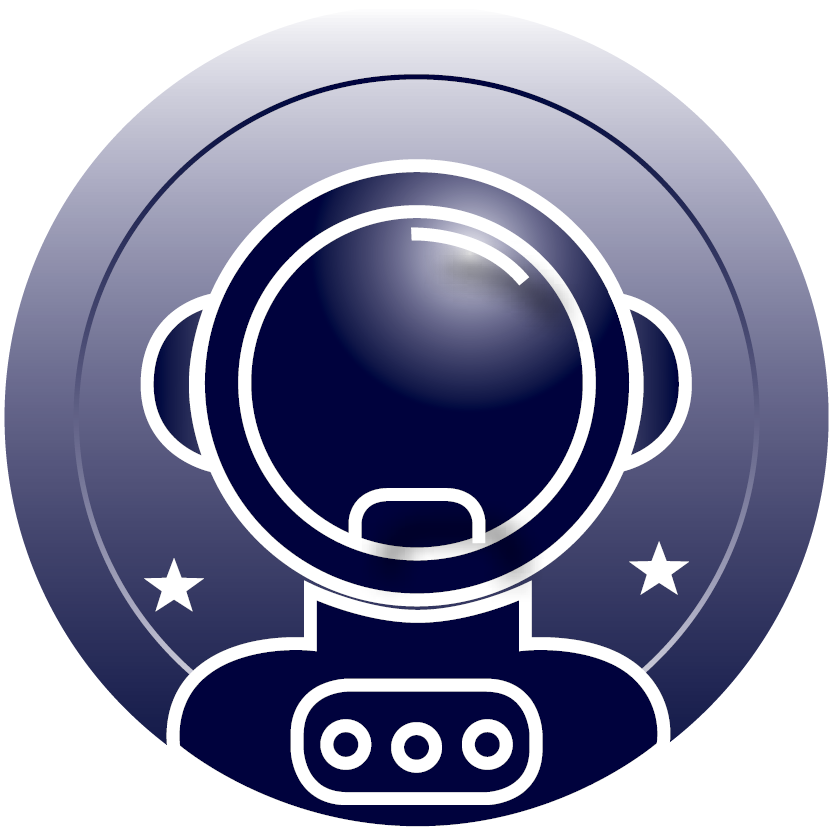


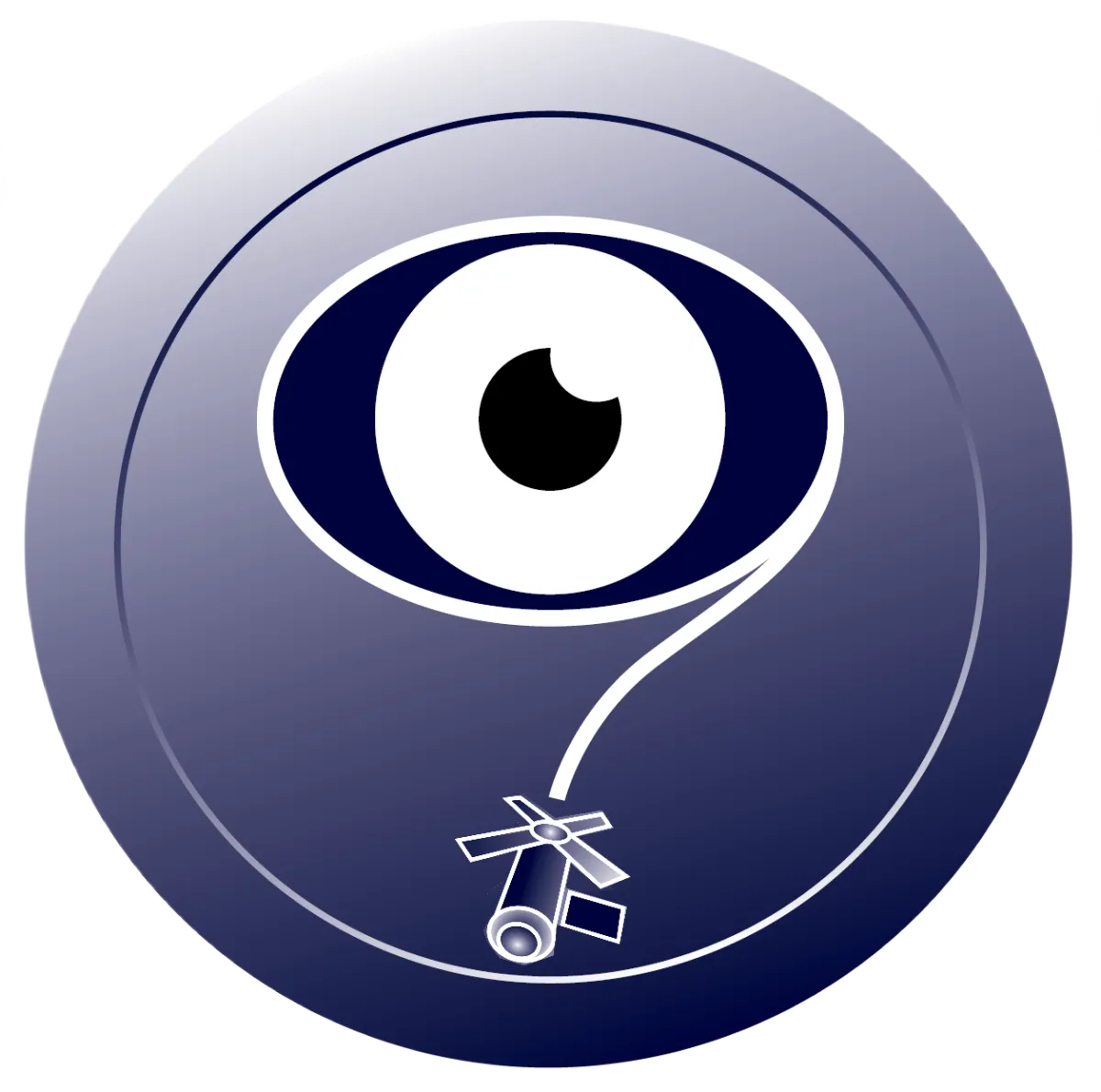





SOCIAL
POLICIES
Copyright © 2024 1080 Virtual Media Consulting
All Rights Reserved

SKYLAB ASTRONAUTS
- SKYLAB SLM-1 (SL-2)
-

- CDR - PETE CONRAD
- SPT - JOSEPH KERWIN
- PLT - PAUL WEITZ



- SKYLAB SLM-2 (SL-3)
-

- CDR - ALAN BEAN
- SPT - OWEN GARRIOTT
- PLT - JACK LOUSMA



- SKYLAB SLM-3 (SL-4)
-

- CDR - GERALD CARR
- SPT - EDWARD GIBSON
- PLT - WILLIAM POGUE



CREW ROLES
Skylab crews
- COMMANDER (CDR)
-
-
- SL-02 (SLM-1) - PETE CONRAD
- SL-03 (SLM-2) - ALAN BEAN
- SL-04 (SLM-3) - GERALD CARR
- SCIENCE PILOT (SPT)
-
-
- SL-02 (SLM-1) - JOSEPH KERWIN
- SL-03 (SLM-2) - OWEN GARRIOTT
- SL-04 (SLM-3) - EDWARD GIBSON
- PILOT (PLT)
-
-
- SL-02 (SLM-1) - PAUL WEITZ
- SL-03 (SLM-2) - JACK LOUSMA
- SL-04 (SLM-3) - WILLIAM POGUE
Responsibilities
Responsible for CSM Systems and Flight Planning.
Experiment activities included: Earth Resources Experiment Package Control and Display Panel Operation, Manoeuvring Equipment Evaluations, Retrieval of Thermal Control Coating Samples, Radiation Monitoring in Spacecraft, Biological Assessment of Circadian Rhythm Experiment and Conducting of Zero Gravity Effects on Human Cells.
Responsibilities
Responsible for ATM Systems and Medical Experiments and Systems.
Experiment activities included:
Maintenance of Medical and Life Support Systems, Photography of Horizon Ultraviolet Airglow, Evaluation of Human Vestibular Function, Sleep Monitoring, Calibration of Specimen and Body Mass Measuring Devices, Conduct of Time and Motion Studies and Maintenance of Apollo Telescope Mount Control and Display Panel Equipment.
Responsibilities
Responsible for Earth Observations, Experiment Systems and Cluster Systems (AM, MDA, OWS). Experiment activities included:
Operation of Infrared Spectrometer Tracking, Manual Navigation Sightings, Monitoring of Spacecraft Aerosol Environment, Measurement of Crew Induced Vehicle Disturbances, Materials and Processes Investigations, Habitability and Crew Quarter Assessment, Earth Resources Experiment Package Sensor Maintenance, Stellar Astronomy Experiments and Skylab Contamination Experiments.
SKYLAB ASTRONAUTS
- SKYLAB SLM-1 (SL-2)
-

- CDR - PETE CONRAD
- SPT - JOSEPH KERWIN
- PLT - PAUL WEITZ



- SKYLAB SLM-2 (SL-3)
-

- CDR - ALAN BEAN
- SPT - OWEN GARRIOTT
- PLT - JACK LOUSMA



- SKYLAB SLM-3 (SL-4)
-

- CDR - GERALD CARR
- SPT - EDWARD GIBSON
- PLT - WILLIAM POGUE



CREW ROLES
- COMMANDER (CDR)
-
-
- SL-02 (SLM-1) - PETE CONRAD
- SL-03 (SLM-2) - ALAN BEAN
- SL-04 (SLM-3) - GERALD CARR
Responsibilities
Responsible for CSM Systems and Flight Planning.
Experiment activities included: Earth Resources Experiment Package Control and Display Panel Operation, Manoeuvring Equipment Evaluations, Retrieval of Thermal Control Coating Samples, Radiation Monitoring in Spacecraft, Biological Assessment of Circadian Rhythm Experiment and Conducting of Zero Gravity Effects on Human Cells.
- SCIENCE PILOT (SPT)
-
-
- SL-02 (SLM-1) - JOSEPH KERWIN
- SL-03 (SLM-2) - OWEN GARRIOTT
- SL-04 (SLM-3) - EDWARD GIBSON
Responsibilities
Responsible for ATM Systems and Medical Experiments and Systems.
Experiment activities included:
Maintenance of Medical and Life Support Systems, Photography of Horizon Ultraviolet Airglow, Evaluation of Human Vestibular Function, Sleep Monitoring, Calibration of Specimen and Body Mass Measuring Devices, Conduct of Time and Motion Studies and Maintenance of Apollo Telescope Mount Control and Display Panel Equipment.
- PILOT (PLT)
-
-
- SL-02 (SLM-1) - PAUL WEITZ
- SL-03 (SLM-2) - JACK LOUSMA
- SL-04 (SLM-3) - WILLIAM POGUE
Responsibilities
Responsible for Earth Observations, Experiment Systems and Cluster Systems (AM, MDA, OWS). Experiment activities included:
Operation of Infrared Spectrometer Tracking, Manual Navigation Sightings, Monitoring of Spacecraft Aerosol Environment, Measurement of Crew Induced Vehicle Disturbances, Materials and Processes Investigations, Habitability and Crew Quarter Assessment, Earth Resources Experiment Package Sensor Maintenance, Stellar Astronomy Experiments and Skylab Contamination Experiments.
skylab missions
SKYLAB SL-2 (SLM-1)
25th May - 22nd June 1973

- Joseph P. Kerwin
- Pete Conrad (CDR)
- Paul J. Weitz

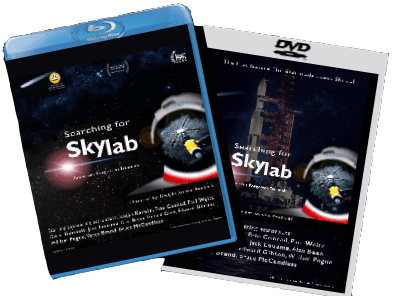
SKYLAB SL-3 (SLM-2)
28th July - 25th September 1973

- Owen K. Garriott
- Jack R. Lousma
- Alan Bean (CDR)Joseph P. Kerwin

SKYLAB SL-4 (SLM-3)
16th November 1973 - 8th February 1974

- Gerald P. Carr (CDR)
- Edward Gibson
- William R. Pogue

skylab missions
SKYLAB SL-2 (SLM-1)
25th May - 22nd June 1973

- Joseph P. Kerwin
- Pete Conrad (CDR)
- Paul J. Weitz


SKYLAB SL-3 (SLM-2)
28th July - 25th September 1973

- Owen K. Garriott
- Jack R. Lousma
- Alan Bean (CDR)Joseph P. Kerwin

SKYLAB SL-4 (SLM-3)
16th November 1973 - 8th February 1974

- Gerald P. Carr (CDR)
- Edward Gibson
- William R. Pogue

THE sCIENCE ON Skylab
designed to conduct laboratory experiments in space
Over 1000 senior scientists and engineers
Within one year of research on Skylab
It examined the growth and termination of hurricanes.
It gathered evidence that space affected human physiological processes, in particular the cardiovascular system.
It found that crystals grown in space were higher in quality, and in some cases unique crystal growth phenomena occurred.
In stellar astronomy experiments, it obtained scientific data on hot stars in two-thirds of the Milky Way region.

THE sCIENCE ON Skylab
designed to conduct laboratory experiments in space
Over 1000 senior scientists and engineers
Within one year of research on Skylab
It examined the growth and termination of hurricanes.
It gathered evidence that space affected human physiological processes, in particular the cardiovascular system.
It found that crystals grown in space were higher in quality, and in some cases unique crystal growth phenomena occurred.
In stellar astronomy experiments, it obtained scientific data on hot stars in two-thirds of the Milky Way region.



Facebook
Instagram
X
Youtube
Website